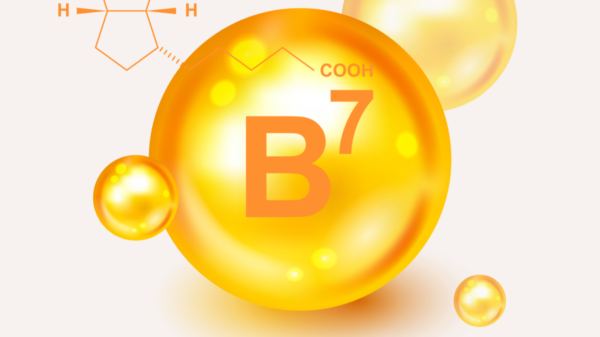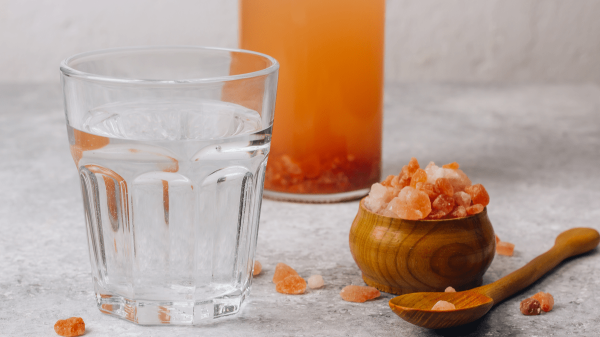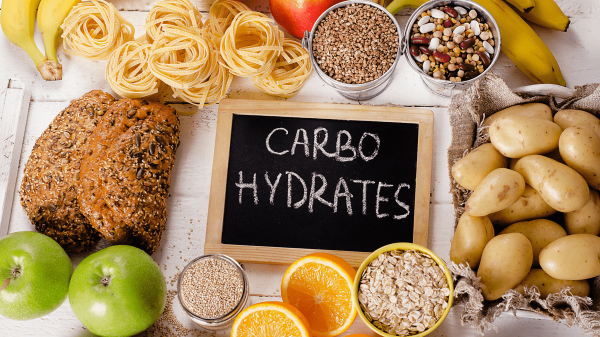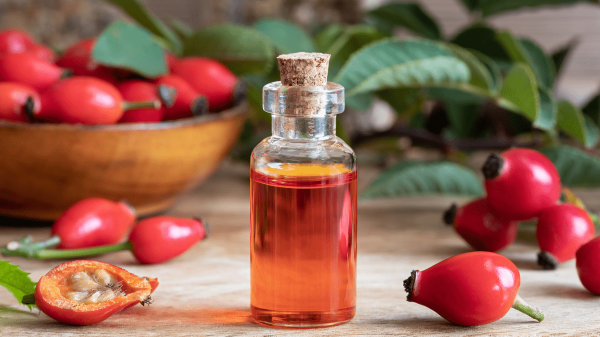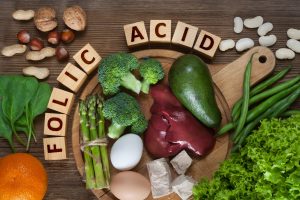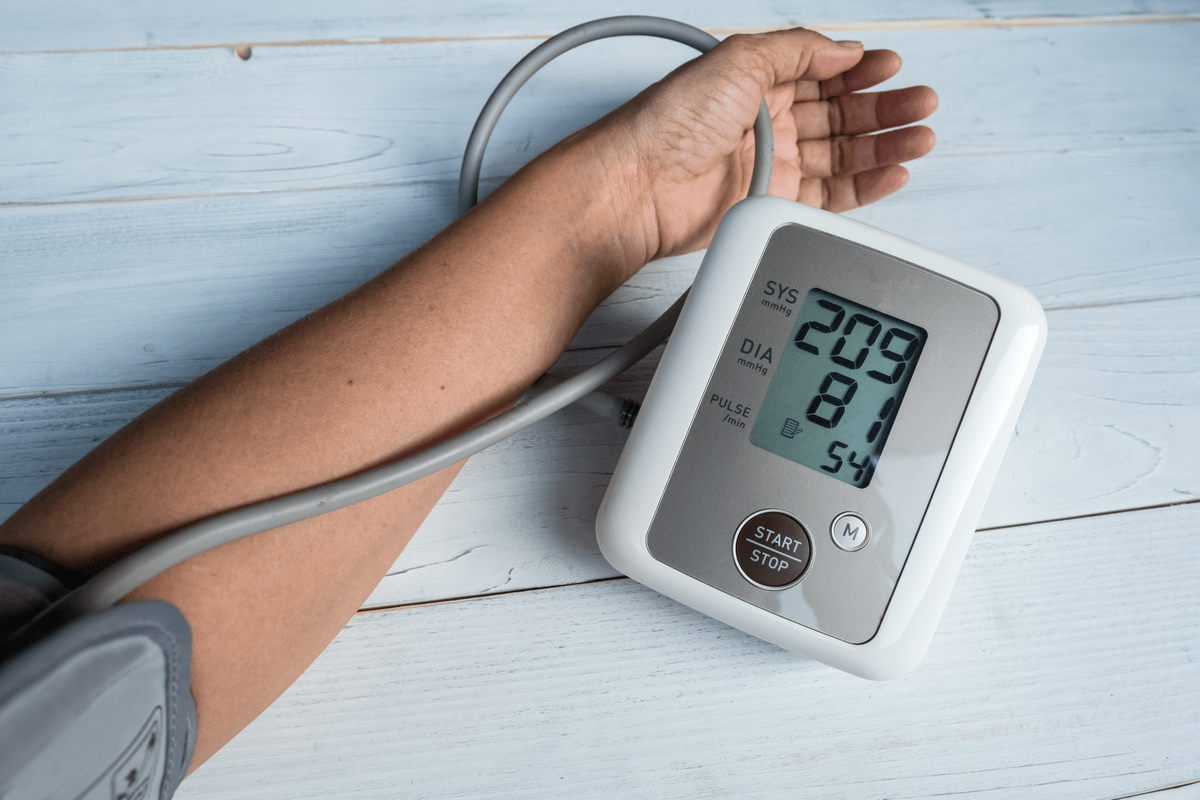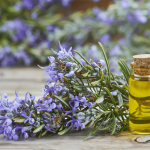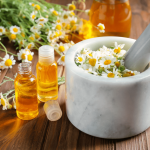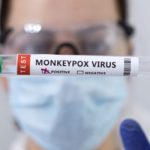For functions like clotting and protein modification, vitamin K plays an important role in this aspect.
Studies have shown that osteoporosis and Alzheimer’s condition can be treated with sufficient amounts of vitamin K and increased amounts of vitamin K aids in assisting in fighting against cancer and heart issues.
Interaction occurs between vitamin K and medication treatment against blood clots like Warfarin or Coumadin, but besides that, no risks are associated with vitamin K consumption and so more amounts should be taken as much as possible.
Broccoli, cabbage, leafy green vegetables either cooked or raw, okra, Brussels sprouts, pickled cucumber, green beans, asparagus, kiwifruits, and lettuce used in salads, are all abundantly rich in vitamin K.
The recommended amount for vitamin K is 120 micrograms (μg).
Vitamin K rich Foods
The food sources of Vitamin K are;
1. Spinach
The most common and conventional way of increasing vitamin K in your diet is by also adding spinach in your salads, smoothie, or sandwiches.
Adding these to your daily meals may not look as satisfying as collards or natto does, but still, a cup of spinach is sufficient enough to fulfill the daily requirement of vitamin K needed for a day.
2. Kale
It is thought of as a superfood, every single cup serving of raw kale consists of 176 micrograms of vitamin K.
Many other vitamins and nutrients are also present like vitamin C and A, even amounts of potassium, calcium, and several other minerals.
3. Carrot Juice
Beta-carotene is found to be most abundant in carrot juice; vitamin K is also present in good quantities in the juice. In a smoothie, for an extra boost, you can add carrot juice and spinach too.
4. Soybean Oil
Soybean oil contains one tablespoon of vitamin K which gives one-fifth of vitamin K required for a day. Vitamin K can be delivered as a double dose by utilizing it in salads as dressing containing leafy green vegetables like spinach and kale.
5. Pickles
Pickles contain almost 0 calories which provide for a hearty meal filled with necessary vitamin K. Nutritious meals are required to fulfill the needs of vitamin K of the body even though vitamin K-2 is synthesized by the body itself, but is insufficient.
6. Pumpkin
Pumpkin is also sufficient in vitamin K levels, mostly seen in Halloween and fall weather.
7. Organ Meat (Vitamin K2 Food)
Animal products besides natto, also contain menaquinone which is a form of vitamin K-2. Organ meat especially is a very rich source of this type of vitamin.
8. Natto (Vitamin K2 Food)
It is the most abundant source of vitamin K found especially in Japan is known as Natto, a type of fermented soybean. 708% of vitamin K is found in 3 ounces of normally required natto. Menaquinone or vitamin K-2 is present in natto, which is a kind of subtype of vitamin K. Studies have shown that this type is the more active form of this vitamin.
9. Collards
A variety of green vegetables have large amounts of vitamin K, but the most distinguished quantity is found to be in collards. A half-cup of boiled collards gives about 442% of the vitamin suggested for daily consumption.
10. Turnip Greens
The greens of a turnip are very healthy including the turnips themselves. A half-cup of turnip greens, even frozen, can give about 426 micrograms by boiling. Turnips can be consumed wither in sautéed, braised, or even raw forms.

